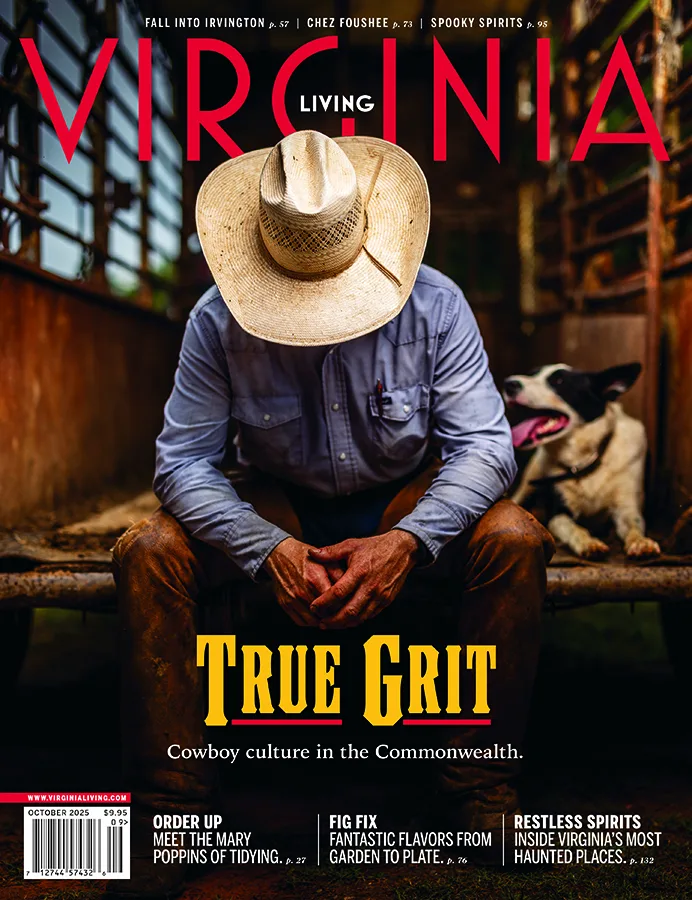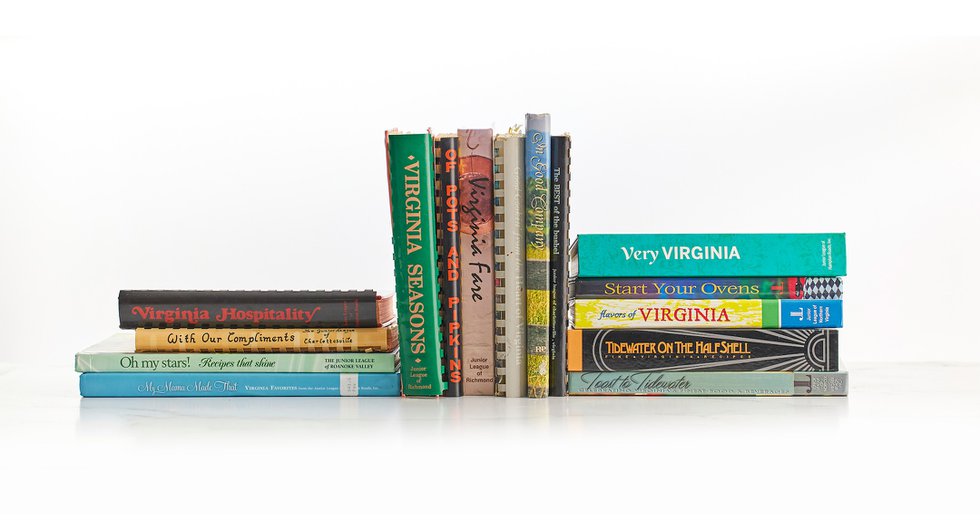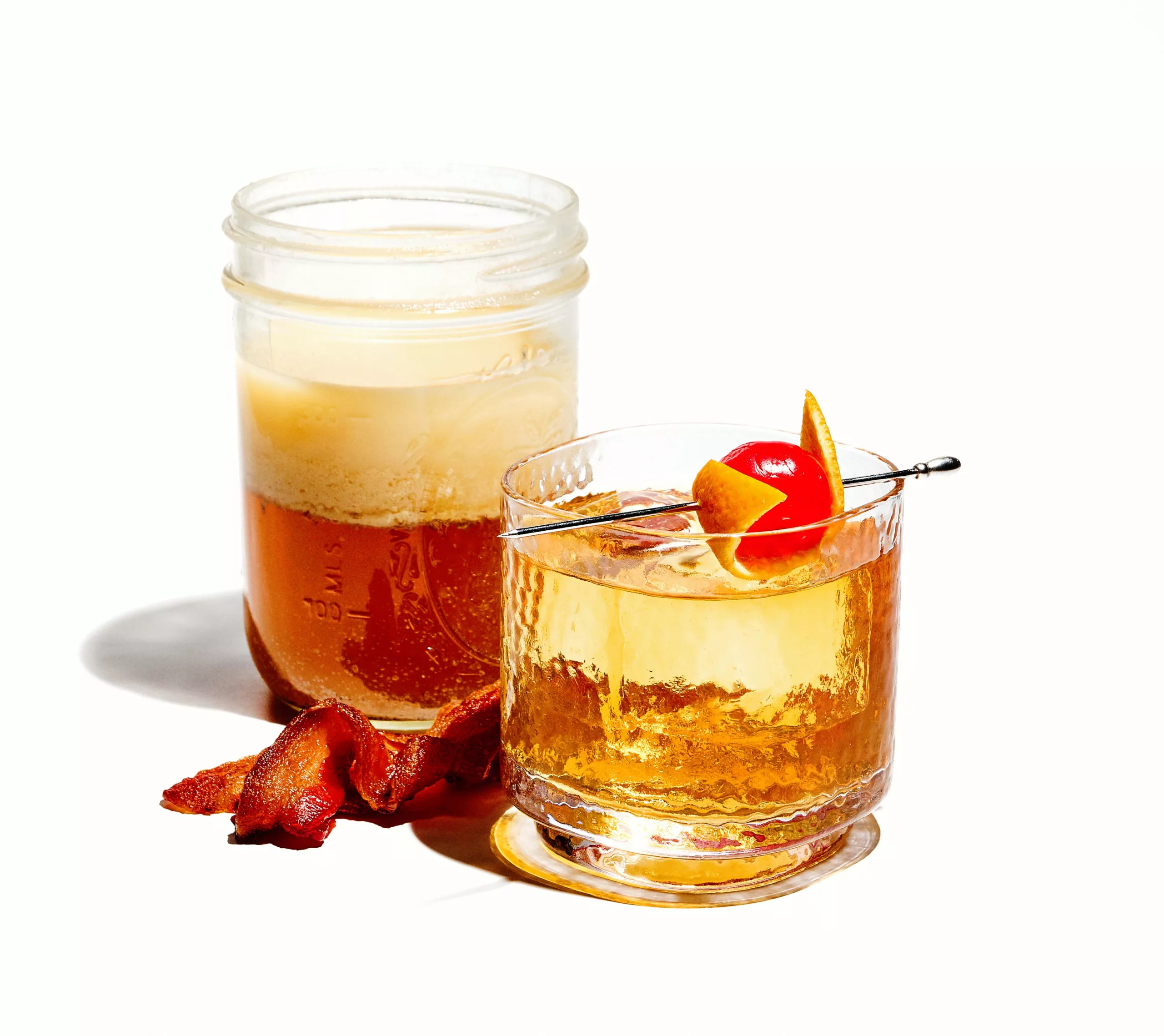For Virginians, out of one culinary obsession, come many.

Ham biscuits. Two words that sound straightforward enough to our other 49 states. But in Virginia, where they turn up at weddings and funerals, Christmas parties, and football tailgates, they’re often not a biscuit at all. The variations are handwritten on recipe cards, stained from a lifetime in the kitchen, and passed down through generations.
“Even though we call ours a biscuit, it’s on a roll,” says Dee Dee Darden of Smithfield, a woman after my own heart. Dee Dee married into ham. Her husband’s family has been in the business of smoking them since the 1940s.
“You can’t have a good funeral or a good wedding without a ham biscuit,” Darden tells me in her easy, matter-of-fact tone. “Back when everybody had hogs and a smokehouse, there was a lot of family pride in smoking your meat. Whenever you had a big family occasion—your daughter gets married or there’s a new baby—you brought your ham out. Putting it on a roll made it go further.”
Because it’s sweeter than a biscuit, a fluffy, light, store-bought dinner roll is the perfect complement to salty Virginia ham, says Darden. And with good ham, there’s no dressing needed. The ham biscuit, she says, is the gateway to authentic Virginia ham: one taste and you’ll find yourself hooked.
For the scholarly take on ham biscuits, I call Leni Sorensen, a culinary writer and historian. A talented storyteller, Sorensen weaves together Virginia food with its history and traditions. And when Virginians talk about anything iconic, she tells me, they want to see it through the lens of history.
The ham biscuit goes back 100 years, Sorensen explains. “It’s an easy thing to make, yet it carries with it a certain nostalgia of traditional foods put together in a particular way.” By her definition, “ham biscuits are, at the very most, two inches across. They’re not puffy, instead, they’re crispy, flaky, with finely sliced, salty Virginia ham. And a little dab of mustard or a fruit mixture to give it a kick.”
It seems, though, that nearly every ham biscuit maker has their own twist. The square, flat, sandwich-sized ham biscuits at the Old Chickahominy House in Williamsburg detour from Sorenson’s two-inch rule. At Nutall’s Store in tiny Ware Neck, manager Deanna Murphy makes hers with homemade sweet potato biscuits, sometimes with a triple-berry mustard jam. “They’re small, almost perfect for one bite,” she says of this customer favorite. And at the Virginia Diner in Wakefield, salt-cured Virginia ham is piled high between two halves of a homemade, flaky buttermilk biscuit. How they’re built is more a matter of preference and tradition than region.
Virginia ham predates the biscuits by several centuries. In fact, the ham biscuit we know today is a turn-of-the-century innovation, the result of the post-WWI prosperity that introduced appetizers to our culinary lexicon and, as Sorensen puts it, “ham biscuits took off like a rising flame.”
It was an era when even the middle class had some type of cook. “They often came from a generational tradition of cooks who passed down their particular touches like apricot jelly or spicy ham,” Sorensen notes. “People would say, ‘we love to go to Maryanne’s because her cook makes the most beautiful ham biscuits.’”
Sorensen leaves me with a bigger question to ponder. “Like many things that become popular, people assume ham biscuits must be an old thing, so they begin attaching a mythic tradition to it.”
With that in mind, I hunted down salty Smithfield ham to assemble a tray of 24 ham biscuits on sweet dinner rolls. In pencil, at the top of her recipe card, my mother has underlined ham biscuits twice. Hers, and mine, call for King’s Hawaiian party rolls with country ham. I spoon mustard poppy seed sauce onto each roll, putting my own spin on it with double the Worcestershire and onion, and wrap them loosely in foil. The only direction is to bake for 10 minutes at 350º, but, after generations of stained recipe cards, that’s direction enough.
This article originally appeared in the June 2022 issue.








